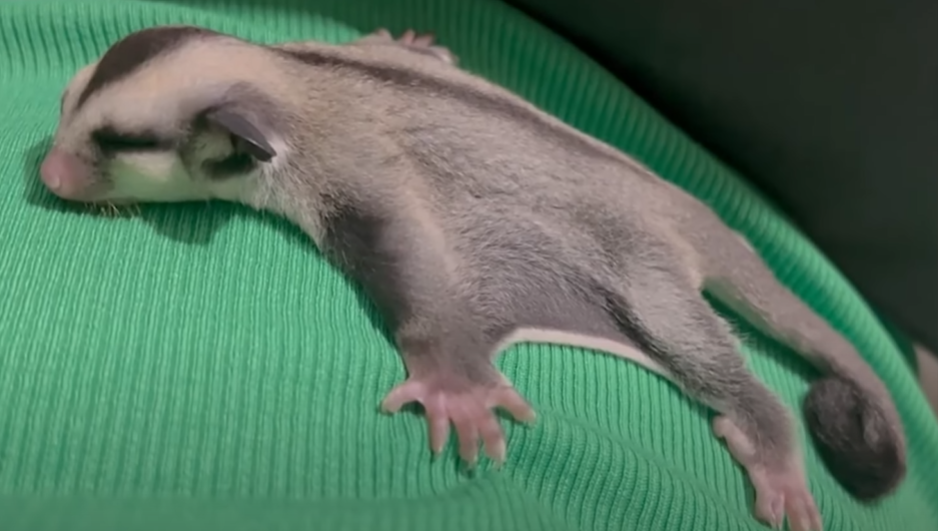
Do Sugar Gliders Hibernate? Winter Behavior Explained
Do sugar gliders hibernate? This is a common question among sugar glider owners and animal enthusiasts alike. In this article, we’ll explore the differences between torpor and hibernation, how sugar gliders enter torpor, and tips to help them during this period.
1. Do Sugar Gliders Hibernate? Definition of Torpor
Sugar gliders don’t hibernate. Instead, when cold or rainy weather arrives, they enter a state of restricted activity known as torpor. Torpor is a brief state in which sugar gliders slow their metabolism to conserve energy. During this period, sugar gliders become less active, their body temperature decreases, and they may appear lethargic. This behavior is an adaptive technique that allows them to thrive in their natural settings, where supplies can be scarce. Torpor is not an indication of sickness, but rather a survival mechanism, particularly in lower temperatures.

2. Differences Between Hibernation and Torpor
|
Aspect |
Hibernation |
Torpor |
| Definition | Long-term, seasonal state of inactivity | Short-term, temporary state of reduced activity |
| Duration | Weeks to months | Hours to a day |
| Metabolic Rate | Drastically reduced for an extended period | Lowered briefly but can quickly return to normal |
| Body Temperature | Significantly lowered, often close to ambient | Moderately lowered, but still somewhat regulated |
| Control Over Awakening | Little to no control; occurs at specific intervals | Can awaken quickly if necessary |
| Triggers | Seasonal changes (e.g., winter) | Immediate environmental stress (cold, food scarcity) |
| Species Examples | Bears, groundhogs, bats | Sugar gliders, hummingbirds, some small mammals |
| Energy Conservation | Sustains life through stored fat over long periods | Conserves energy for short periods of environmental stress |
| Behavioral Changes | Deep, prolonged sleep-like state | Light, intermittent dormancy with brief awakenings |
| Primary Purpose | Survive harsh seasonal conditions (winter) | Survive short-term environmental challenges |
3. When Do Sugar Gliders Go Into Torpor?
Healthy sugar gliders usually go into torpor during rainy seasons, food shortages, or cold. Being nocturnal creatures, they are more prone to become dormant during the day when they are less active and begin feeding at night. When environmental conditions get difficult, torpor serves as a survival tool helping them to save energy.

4. How Can We Prevent Torpor?
To help prevent torpor in your sugar gliders, it’s crucial to create an environment that supports their health and well-being, especially during colder months. Here are some effective strategies:
Provide Multiple Feeding Stations
Make sure your sugar gliders have access to food at all times. Place many feeding stations to encourage foraging and ensure that all gliders are eating. In the winter, consider increasing their food intake by including extra calories, such as oatmeal or wheatgerm, to help them establish fat reserves.
Maintain a Warm Temperature
Keep the room temperature above 20°C (68°F).
Offer Plenty of Bedding
Provide plenty of bedding, strips of fleece or shredded paper are great as they can stuff their sleeping pouches nice and full and it also provides a bit of enrichment for them.
Keep More Than One Sugar Glider
A group of gliders can produce more warmth together, helping to prevent dangerous drops in body temperature. If you only have one, it is at a higher risk of slipping into torpor due to insufficient warmth and social interaction.
So you have the answer to the question “Do Sugar Gliders Hibernate?” as well as tips to prevent torpor. Hopefull the information in the above article is useful to you. Don’t forget to follow our latest articles to discover useful care tips for your pets!




